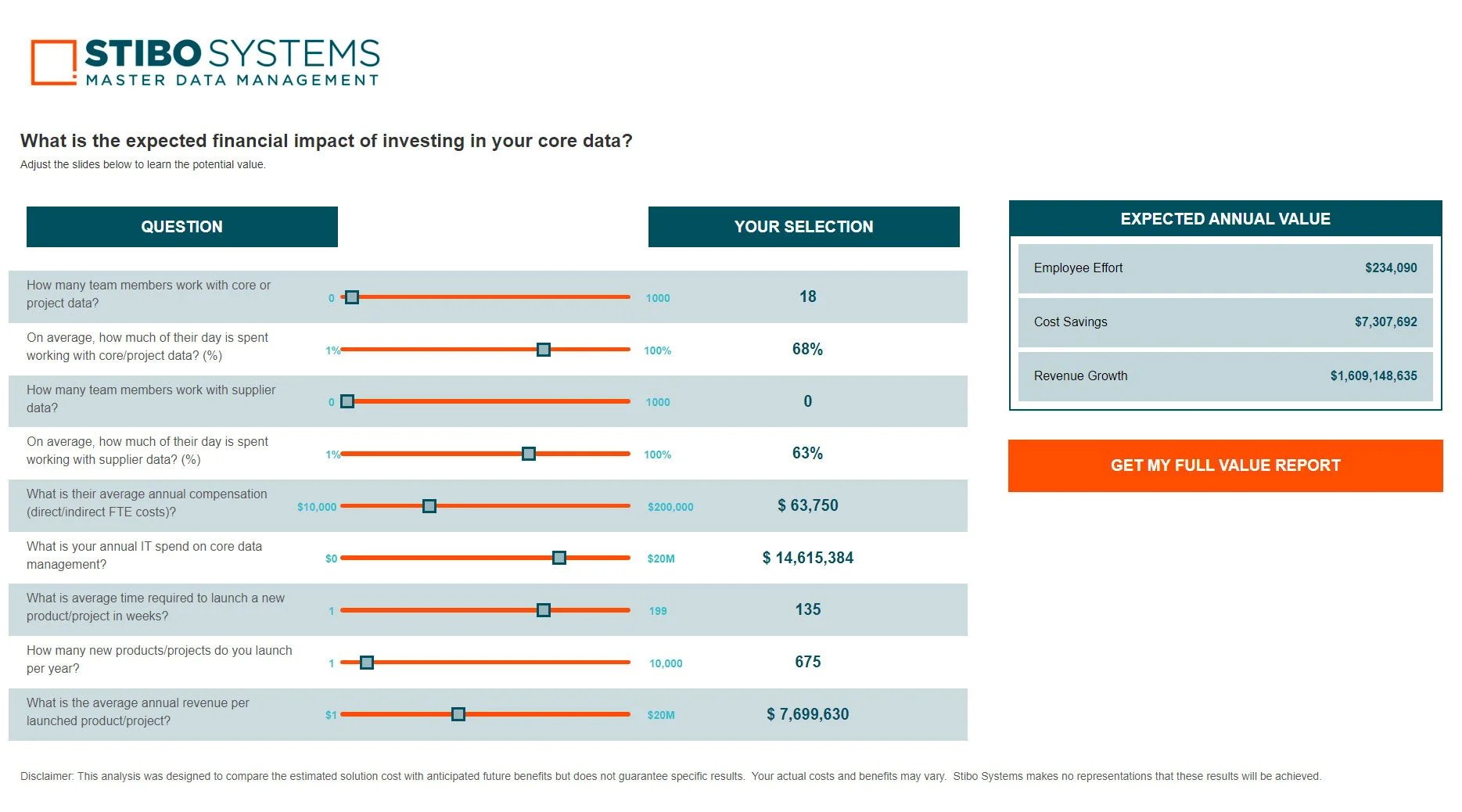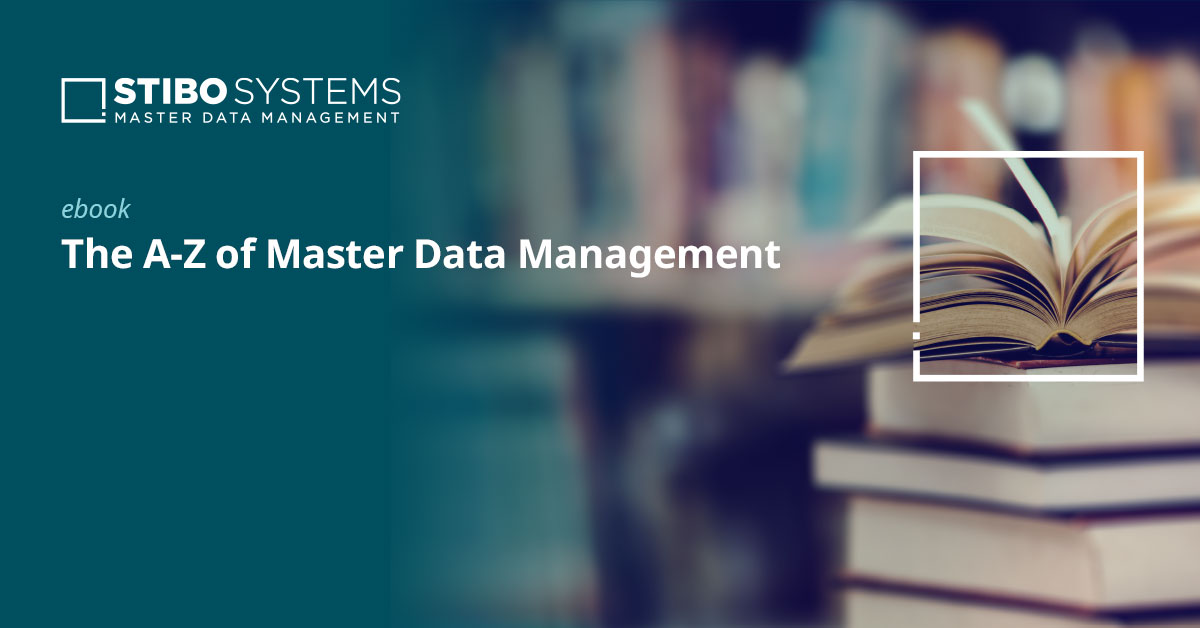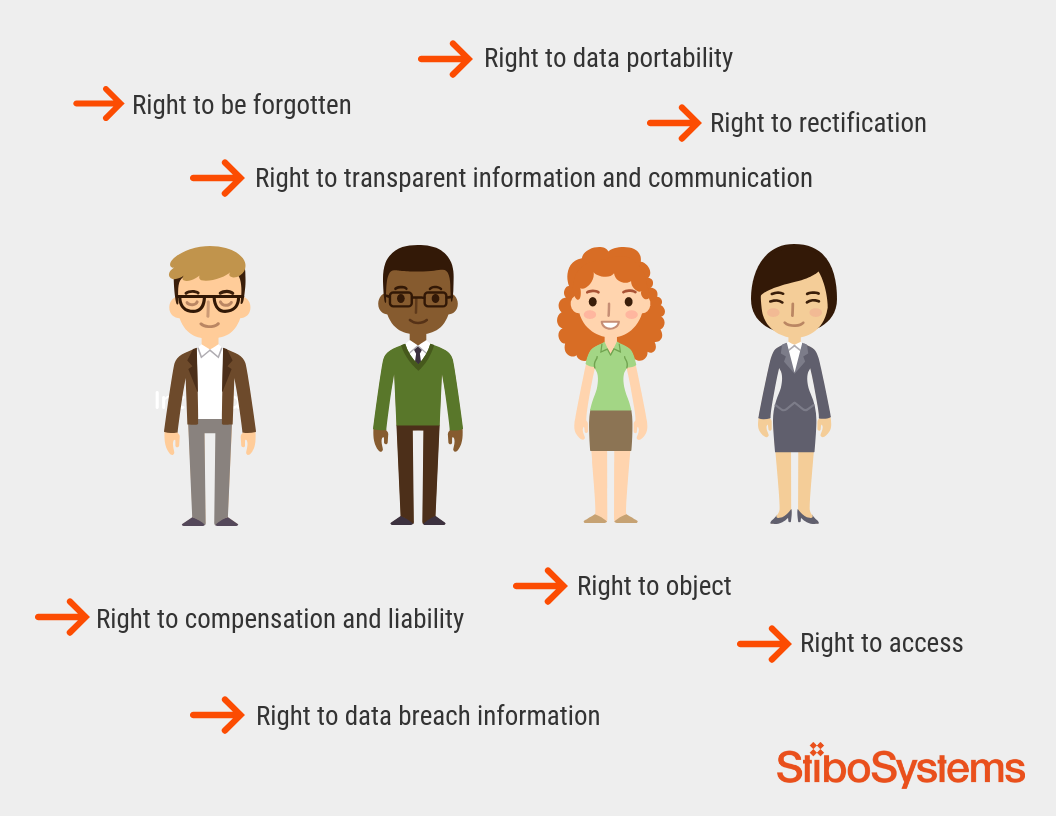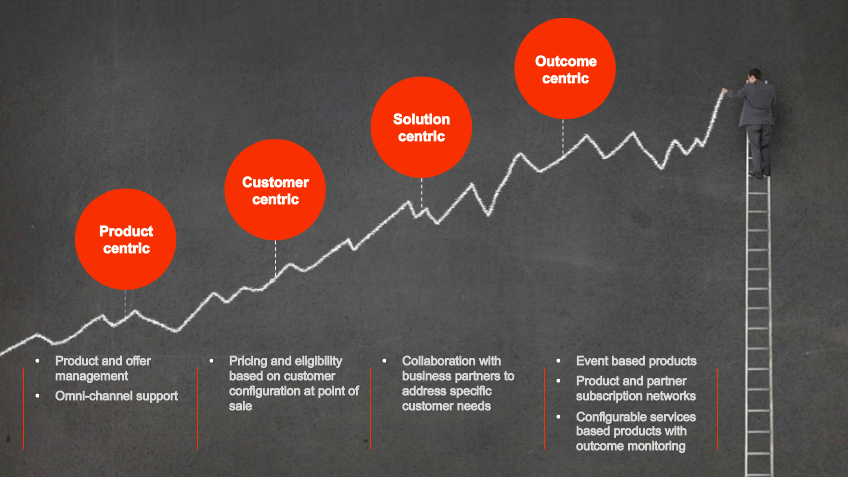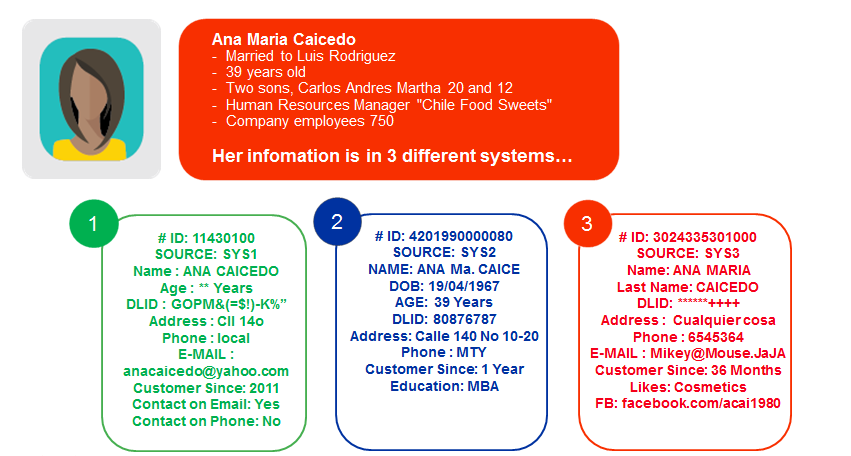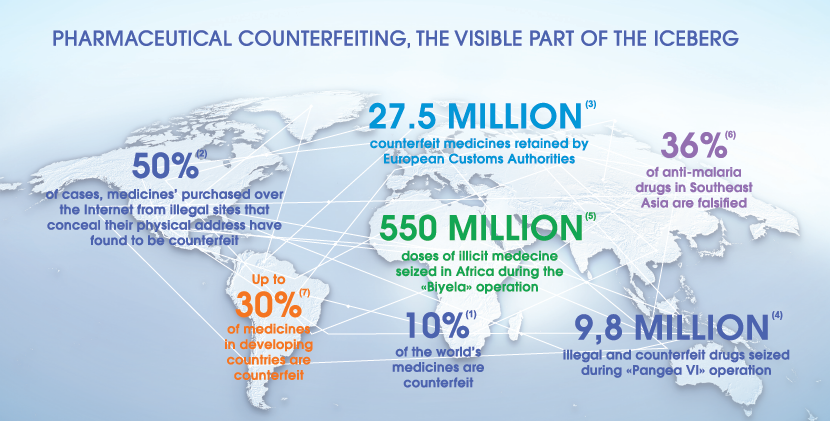For CDOs, a centralized data strategy is to enable an enterprise to fully exploit data and analytics. To get to that point some essential capabilities are required:
- First, the enterprise must be able to identify, combine and manage multiple sources of data.
- Second, it must build the right analysis models for predicting and optimizing outcomes.
- Third, management must possess the will to transform the organization to understand how to leverage and convert the data and analytics models into decisions that improve business outcome.
In addition, certain prerequisites help clearly define the strategy for how to use data and analytics. The following offers 5 tips on how to do that.
5 tips for driving a centralized data strategy with master data management
Tip #1: Make sure you know your data landscape
All organizations are challenged by the exponential growth in data volumes and business landscapes that constantly change. The enormous amount of data is both structured and unstructured, so CDOs have to rethink how they can efficiently manage and govern it in the best possible way in order to secure competitive advantages while complying with regulatory requirements.
One of the biggest challenges is to identify all data sources – or rather data silos – that are scattered across an organization. These may include ERPs, CRMs, excel spreadsheets, legacy systems and more. Data silos have a way of arising naturally in medium-sized and large enterprises because different organizational units have their own priorities, responsibilities and goals. They can also come into existence if some departments compete with each other rather than cooperate towards commons business goals.
Challenged by the absence of repeatable processes for accessing and using the data collected, teams with the company often waste a great deal of time working through the same data problems over and over again. For instance, this can happen by manually extracting and comparing data pulled out of a variety of systems. Often, there are no quality control measures in place, so the procedure lacks data integrity, traceability and has no transparency, all of which makes it difficult for decision makers to trust the extracted data.
Tip #2: Create one single version for your data
Creating a centralized single version of the truth around your data using master data management will help resolve several issues. With master data management, you can manage, centralize, organize, categorize, localize, synchronize and enrich master data according to the business needs of the sales, marketing and operational strategies of your company. Master data can take the form of product, customer, supplier, location and asset information, in addition to any other information sources that drive your business. The efficient management of master data in a central repository gives you a single authoritative view of information and eliminates costly inefficiencies caused by data silos. It supports your business initiatives through identification, linking and syndication of information across products, customers, stores/locations, employees, suppliers, digital assets and more.
In other words, users can be sure of the data quality and integrity while also significantly accelerating the insight process. That again allows decision makers to trust the data and insights they see enough to base business critical decisions on it.
Tip #3: Get data governance right
To extract maximum value from data, a strong data governance program is needed too. It helps to develop and manage data as a strategic business asset. The success of a data governance program hinges upon a robust data integration infrastructure. This is critical to allow for automation, management and scalability of your data governance program. It requires the implementation of policies and processes, version control and approvals with integrated workflows and business rules to maintain the accuracy and accountability of your information.
A crucial part of getting data governance right is to create the right teams and to use role-based security and access privileges in your central data repository. With that in place, you reduce the risk of the wrong people accessing the wrong information. In addition, it safeguards the quality of your data by providing editing and viewing rights adapted to different user profiles in your system.
Tip #4: Don’t get stuck in traditional data thinking
The data universe has changed immensely over the years. The exponential growth of information has accelerated opportunities to gain insights by combining data in new ways. The trick is to discover how it can be done.
With the increased quality and volume of data, enterprises can obtain more panoramic and granular views of their business environment and use that to improve the customer experience, operational processes and business strategies.
Supermarkets can analyze customer spending patterns; amusement parks can determine who visits. They can also use data from social media – such as conversations, impressions and likes – to project either sales of certain commodities or seasonal peaks. A good way to get started is to simply ask yourself what you could do if you had the right information.
Tip #5: Extract more value from your data through monetization
Discovering new creative ways of putting existing data to good use is not enough. Your organization needs to understand and trust big data models.
If an organization’s existing culture, capabilities and emerging analytics aren’t aligned with how it actually arrives at decisions or if it fails to provide a clear way of realizing business goals, data analytics won’t work. Front line employees and managers need understand how the data can work for them. In other words, the analytics tools have to be relevant and applicable to your business. How do they align with their actions and complement existing decision processes?
Moreover, develop intuitive, simple tools for front line staff. Managers need transparent methods for using the new models and algorithms. By necessity, terabytes of data and sophisticated modeling are required to sharpen marketing, risk management, and operations. If they can’t see how it will help them do their jobs better, they won’t use them.
Finally, regardless of their ease of implementation and deployment, most organizations will have to upgrade their analytical skills and literacy. To make analytics part of daily operations, managers must view them as being central to solving problems and identifying opportunities. The efforts required will vary depending on company goals and time line. Adjusting cultures and mind-sets typically requires comprehensive training, role modeling by leaders, and incentives and metrics to spur adoption.
How do you govern your data? Does your data work for you and bring value to your business?

